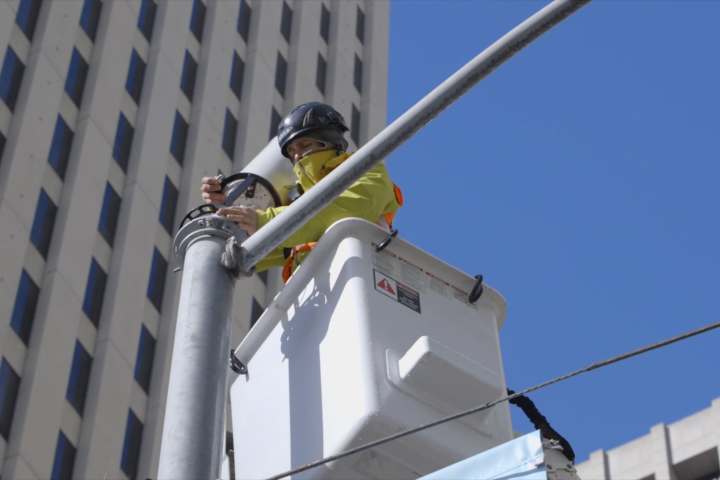Wind River, a leading developer of software that powers 5G mobile infrastructure, has announced a new partnership with Japanese telecom provider KDDI to deploy open 5G standards to its commercial customers.
This new arrangement will see KDDI using Wind River Studio to power its 5G network, providing a virtualized base station that’s compliant with the Open RAN (O-RAN) standard.
In practical terms, this means KDDI will have more flexibility in delivering 5G to its commercial customers without the need to deal with the complexities of making different pieces of

“We are pleased to announce that we have developed a 5G virtualized base station that complies with the O-RAN standard and has launched on our commercial network. KDDI aims to provide customers advanced communication services with flexibility and speed that meet usage needs with open and virtualize base stations,” said Kazuyuki Yoshimura, Chief Technology Officer, KDDI Corporation.
What is Open RAN?
Just like you can drive a car without knowing how the engine works or concerning yourself with the tools your mechanic uses to maintain it, most users don’t need to worry about the details of what goes into making a 5G network function. Suffice it to say, however, there are many pieces of hardware and software on the back-end that have to work together to deliver
All this equipment collectively forms what’s called a Radio Access Network (RAN). One of the challenges telecom providers have faced in building out 5G networks is ensuring that all this equipment can work together seamlessly.
In the past, this usually meant that providers had to purchase everything from a single vendor. This not only tended to lock them in to a single family of products but also prevented them from using the best tool for the job.
For example, while one supplier might make a great 5G baseband unit for handling sub-6GHz
According to networking equipment maker Cisco, “Closed interfaces and monolithic hardware-based solutions limit progress and the ability [for carriers] to diversify their supply chain. This is a substantial challenge that must be resolved, especially since an estimated 70% of network CAPEX [capital expenditures] and OPEX [operating expenses] are associated with building and managing the RAN.”
To solve these issues, a sizable group of mobile operators, vendors, and others banded together to create the O-RAN Alliance with the goal of creating a standard for interoperable 5G network hardware across multiple vendors.

A key aspect to accomplishing this is to separate the software and hardware layers, and this is where companies like Wind River come in. Wind River Studio is a “virtualized base station” that provides the underlying intelligence that allows carriers to build out more hardware-agnostic 5G systems.
As Paul Miller, Wind River’s Chief Technology Officer, notes, “5G opens up new opportunities, with greater intelligence and compute moving toward the edges of the network. Much of our future will be run on a virtualized, distributed cloud with low-latency, far edge cloud architecture to support new use cases in the new intelligent machine economy. We’re able to provide solutions to help prepare for a cloud-native future and deliver on high-reliability, ultra-low-latency, and highly efficient solutions for next-generation networks.”
The upshot of this is that telecommunications providers can lower their equipment and operating costs, which ultimately means more affordable 5G for consumers, while also being able to use best-of-breed equipment on the back-end to deliver top
Editors' Recommendations
- Visible’s affordable 5G plans just got even cheaper
- Visible just made its unlimited 5G plan better than ever
- Have T-Mobile? Your 5G service is about to get much faster
- This tiny dongle will change 5G connectivity forever
- T-Mobile just set another 5G speed record




